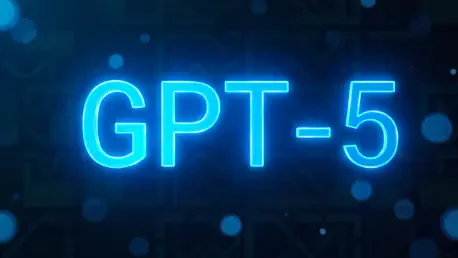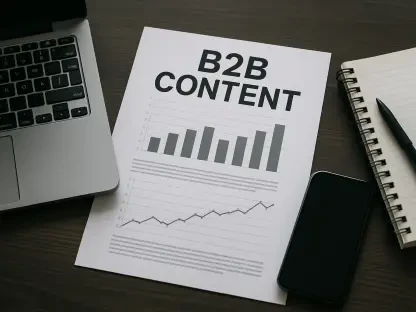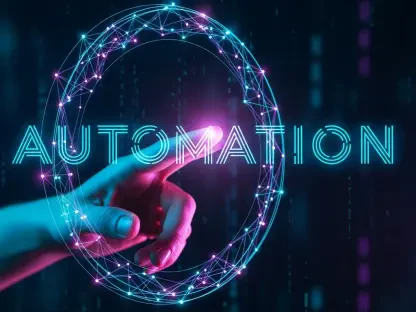We’re thrilled to sit down with Milena Traikovich, a seasoned Demand Gen expert who has helped countless businesses craft impactful campaigns to nurture high-quality leads. With her deep expertise in analytics, performance optimization, and lead generation, Milena recently tested OpenAI’s latest innovation, GPT-5, to explore its potential for social media content creation. In this engaging conversation, we dive into her firsthand impressions of GPT-5’s human-like tone, its knack for planning content and boosting engagement, the quality of its image generation, and whether it could truly become an all-in-one tool for creators. Let’s uncover her insights on how this cutting-edge technology might reshape the social media landscape.
How did you feel about GPT-5’s tone and style when you first used it for crafting social media content?
I was honestly blown away by how casual and relatable GPT-5 sounded right out of the gate. Unlike earlier models, it has this Instagram or TikTok vibe—less stiff, more conversational. It felt like chatting with a creative friend rather than interacting with a bot. For instance, when I asked it to write a caption about itself, the response was playful and personal, almost like it was teasing its own upgrade. That kind of flair really caught my attention and made me think about how it could connect with audiences on a deeper level.
In what ways do you think GPT-5’s more natural, human-like writing style could change the game for content creators?
I think it’s a game-changer for authenticity. Social media thrives on genuine connection, and GPT-5’s tone makes posts feel less robotic and more like something a real person would share. It helps creators avoid that overly polished, bot-generated vibe that followers can spot from a mile away. That said, I’ve also come across feedback describing it as sounding like an overworked secretary—full of energy but sometimes a bit much. While I didn’t feel that way in my tests, it’s a reminder that balance is key. Overall, it’s a huge step forward in making content resonate with audiences.
Can you walk us through your experience with GPT-5 creating a content schedule for social media campaigns?
Using GPT-5 to build a content schedule was surprisingly refreshing. The plan it put together didn’t just list posts and dates—it had personality. There were little quips and a lively tone that made the guidance feel human, almost like collaborating with a teammate. What stood out was how it baked in emotional resonance, something I hadn’t seen in past models. It even suggested calls to action, like prompting followers to comment with guesses about a teaser post. That kind of strategic thinking showed me it’s not just spitting out words—it’s considering the end goal of engagement.
What impressed you most about how GPT-5’s content suggestions seemed geared toward driving follower interaction?
I was really impressed by how GPT-5 prioritized engagement without me even asking for it. It’s like it instinctively knew that social media isn’t just about posting—it’s about sparking conversation. One example was a post it crafted with a teaser line and a call to action asking followers to drop their guesses in the comments. That small touch showed a level of intent and understanding that went beyond basic content creation. It’s the kind of detail that can turn a passive scroll into an active interaction, and I didn’t expect that kind of foresight from an AI tool.
What were your thoughts on the quality of images GPT-5 generated for social media posts during your testing?
The images from GPT-5 were a bit of a mixed bag. While the ideas behind them were solid, the execution wasn’t always top-notch. For instance, one graphic used a simple purple and yellow design to announce the chatbot, but it felt generic, almost like it was pulled from a standard template. I tried tweaking the prompts to add more specific elements—like a human on stage with a crowd—but the results still fell short of what I’d hoped for. It’s clear there’s potential, but right now, I think creators might still need other tools for high-quality visuals.
Do you see GPT-5 evolving into a complete, all-in-one solution for content creators as its developers seem to envision?
I definitely see it heading in that direction, especially with how it nails tone and content planning. The way it crafts captions and schedules with a human touch already feels like a big piece of the puzzle. However, there’s still work to be done, particularly with image generation. The visuals need more polish and flexibility to match the quality of dedicated design tools. If those improvements come through, along with tighter integration of features, I think it could absolutely become a one-stop shop for creators who want efficiency without sacrificing creativity.
What’s your forecast for the role of tools like GPT-5 in the future of social media content creation?
I believe tools like GPT-5 will become indispensable for social media creators over the next few years. As they continue to refine their ability to mimic human tone and understand strategic goals like engagement, they’ll save creators tons of time while helping them build stronger connections with their audiences. The key will be balancing automation with authenticity—making sure the content still feels personal. If the technology keeps evolving, especially in areas like visuals, I think we’ll see a future where AI isn’t just a helper but a core part of every creator’s toolkit.









